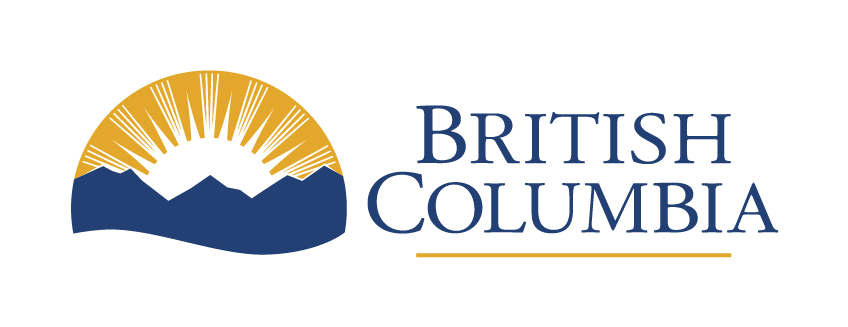How PST applies to security systems
This page explains how PST applies to the sales, installation and servicing of security systems.
Security systems and components of security systems are taxable. Either you or your customer pays PST depending on the type of security system. For the purposes of the PST, there are three general categories of security systems as follows. PST applies differently to each one.
| Category of system installed | Who pays PST |
|---|---|
|
Systems that become part of real property
|
Generally, the contractor pays PST on the purchase of components needed to fulfil the contract, and does not charge the customer PST on the security system or installation |
|
Systems that remain goods
|
The contractor charges the customer PST on the security system and installation |
|
Mixed systems
|
Apply PST separately for different components as follows. Components that become part of real property:
Components that do not become part of real property:
If you are selling a mixed security system and you do not separately itemize the equipment on your bill or invoice (i.e. you charge a single price), the bundled sales rule applies If you are leasing a mixed security system to your customer and you do not separately itemize the components on your bill or invoice (i.e. you charge a single lease price), you charge PST on the fair market value of the taxable portion of the bundled lease. The fair market value is the price that a good would normally lease for in the open market. |
In some cases, you charge PST when you provide maintenance and repair services, depending on the category of security system you service. You also charge PST on security systems and components you sell or lease without installation.
Lists of examples
Examples of systems that become part of real property
The following are examples of security equipment that generally become part of real property after installation. This is not a complete list. If any of the equipment is sold without installation, it is subject to PST as goods.
- Cables that are inside walls or attached to walls (e.g. stapled)
- Cameras and motion sensors that are attached to walls or ceiling by screws even if wireless and battery powered
- Cameras, motion sensors and control panels that are hardwired
- Lights that are attached to walls/ceiling by screws, even if wireless and battery powered
Examples of systems that remain goods
If you supply and install a system in which all of the components remain goods and do not become part of real property, you must charge PST on the purchase or lease price of the components and any installation charge
- Cables – free hanging (e.g. power cables that plug into outlets)
- Cameras and motion sensors that are intended to remain portable (i.e. not attached to real property such as walls or ceilings)
- Components that are not attached to real property (e.g. wireless flood detectors that are placed in locations on the floor)
- Computers – to become part of real property they must be substantially attached to real property
- Key fobs and swipe cards
- Monitors, even when mounted on walls with a bracket – to become part of real property they must be substantially attached to real property
- Remote controls
- Security systems for boats
- Security systems for vehicles
- Video recorders
- Wireless control panels, even when mounted on walls by screws – to become part of real property they must be substantially attached to real property
Contact information
Our hours of operation are Monday through Friday, 8:30 am - 4:30 pm.
1-877-388-4440
1-250-410-0373
